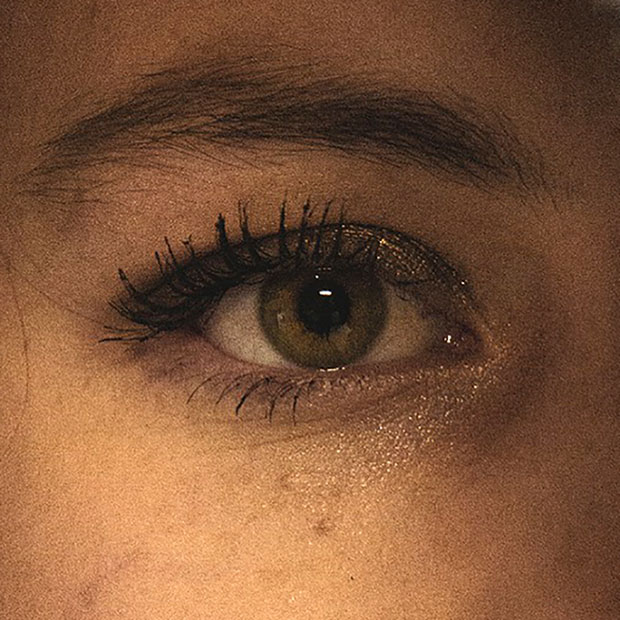What’s Inside the Human Eye?

The human eye is amazingly complex.
All inside something the size of a large marble, light waves are converted into continuous streams of detailed, accurate, moving images that we can understand and respond to. Our vision connects us to our surroundings more than any of our other senses and makes so many of our daily activities (from reading to driving to looking at the faces of the people we love) possible. How do our eyes manage all this?
An Eye Anatomy Overview
This won’t be a comprehensive glossary of eye anatomy, but we’ll go over the parts most closely involved in creating the images we see, starting with the front of the eye and working our way back.
- The cornea is the clear layer covering the front of the eye that lets the light get through.
- The iris is the colorful, circular muscle that expands and contracts to control the amount of light that gets in.
- The lens is the clear disc that changes shape to focus on objects at different distances. (Kind of the opposite of a camera lens, which cannot change shape and has to physically move to change focus.)
- The retina is the thin layer of tissue at the back of the eye where the photoreceptors (light-sensitive cells called rods and cones) are.
- The optic nerve is what collects visual information from the retina and transmits it to the brain for processing — at an estimated rate of a million bits per second! Wow!
Binocular Vision: How the Eyes Work Together
Try this: focus on an object and close one eye, then the other. The distance between your eyes means that you see a slightly different image out of your right eye than your left, and we call this binocular vision. The slight difference between the images produced by each eye creates a live 3D image, giving us depth perception (the ability to judge how near or far different objects are from us).
The Brain’s Visual Cortex
The optic nerve sends its visual information all the way to the occipital lobe in the back of the brain, which is where the visual cortex is located. 20% of the human brain is dedicated to visual processing, with another 40% helping out in smaller ways, such as vision+meaning, vision+motor, vision+touch, and vision+attention. Many times per second, we have to absorb and process new visual data. It’s how we perceive motion, make sense of it, and react to it.
The Built-In Defense and Maintenance of the Eye
The parts of the eye that actually turn light waves into images we can process in our brains would have a hard time doing their jobs without the parts that are there to keep everything running smoothly. Eyebrows, eyelids, and eyelashes all help protect our eyes. Blinking refreshes the tear film and clears out contaminants and debris. The tear film itself is replenished and maintained by numerous ducts and glands.
Keep Your Eyes in Great Shape
The way all the different parts and systems of the eye work together to create our sense of vision will never stop being amazing to us. The downside to all this incredible complexity is that there are a lot of ways something can go wrong, which is where the eye doctor comes in! Keep up with your regular eye exam schedule and let us know if anything has changed about your vision.
